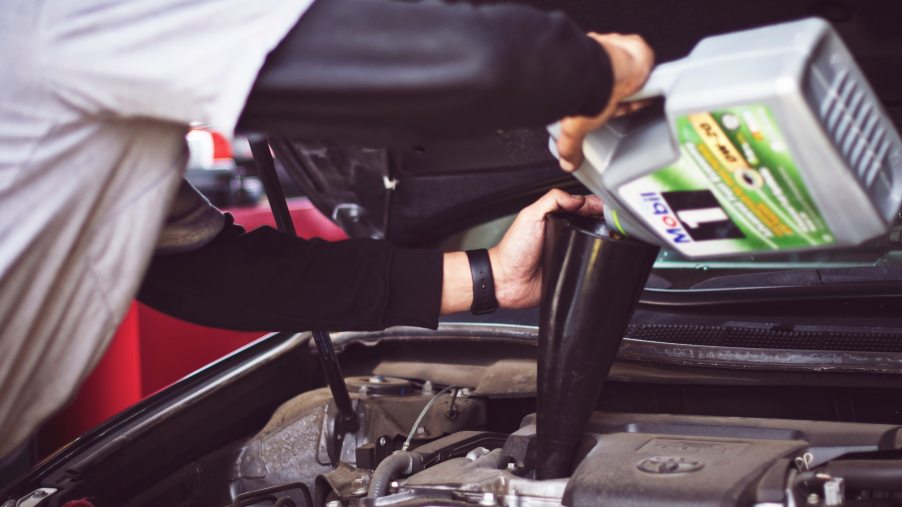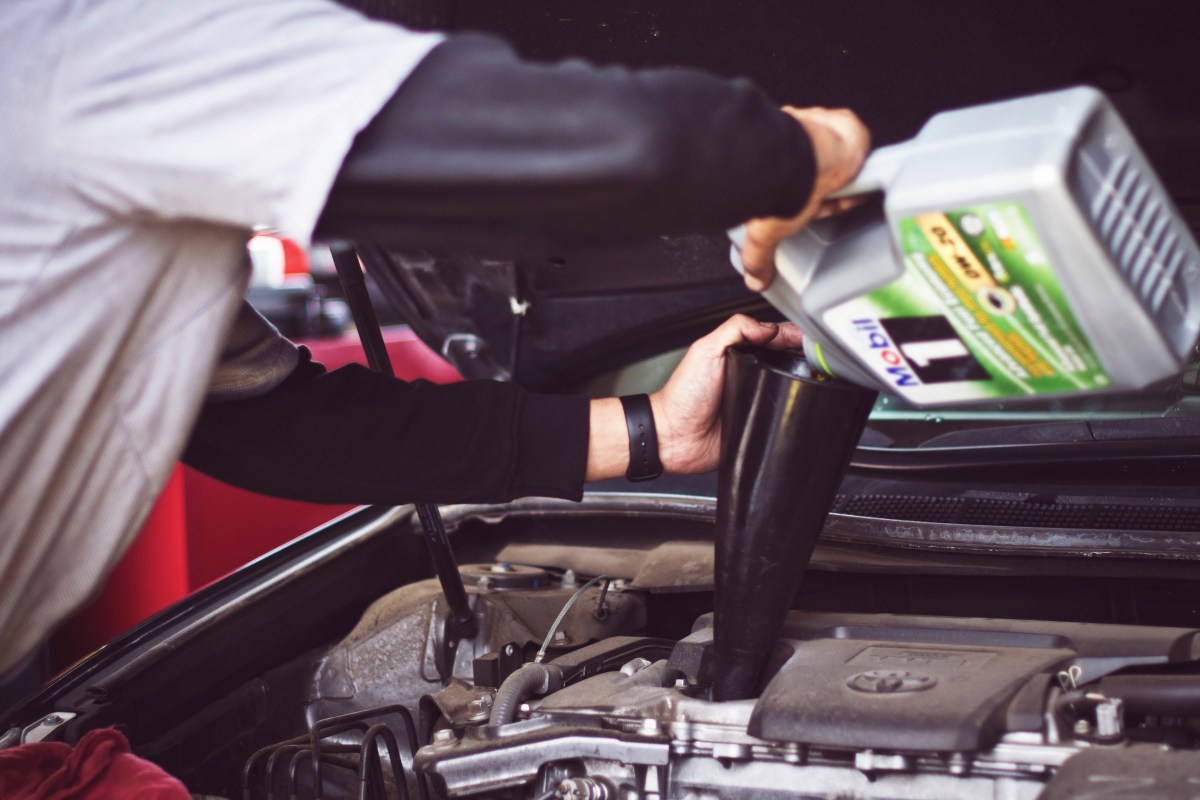
Car Repair vs. Vehicle Maintenance: What’s the Difference?
Car repair shops dot the landscape housed in big-box stores, professional-looking multi-bay corporate garages, and smaller local mechanic shops ready to perform required vehicle maintenance or repairs. But do you still have to worry about car repairs if you keep up with car maintenance tasks on a recommended schedule? What’s the difference between vehicle maintenance and car repair?
What is vehicle maintenance?
Vehicle maintenance typically occurs on a schedule. Think of it as preventive maintenance that keeps your car running and operating to the best of its ability. Ideally, car maintenance tasks occur at a convenient time and place for the owner.
Regularly scheduled vehicle maintenance tasks include routine oil changes, replacing windshield wipers, rotating car tires, and more complicated tasks like replacing worn shock absorbers, aligning the vehicles’ steering components, and replacing the engine’s belts and hoses. Ideally, performing routine preventive maintenance keeps your car in running order and prevents a trip to the repair shop.
What is the difference between car repair and maintenance?
On the other hand, car repairs typically involve a failure of one or more parts of your car. Repairs often happen randomly without warning when maintenance services occur on a schedule that fits (somewhat) within the car owner’s timetable. For example, taking your vehicle in for preventive tire services on a warm Saturday afternoon of your choosing is maintenance.
But a tire blowout when you’re running late for work that tears a brake line in half requires a tow truck dispatched to move the vehicle to a repair shop and an unexpected repair bill is a repair.
Sometimes, like maintenance, a repair offers a chance for a convenient schedule. For example, a tire that loses a few pounds of air every week during routine checks needs repair, but taking the tire to a shop without delay may prevent emergency services.
Can you perform vehicle maintenance yourself?

According to iDriveSafely, there are some maintenance services you can perform yourself with only a few tools and others that are best left in professional hands unless you’re capable.
- Check your tires monthly: Use an air pressure gauge to check the tire’s inflation and adjust as required. Also, use this time to look at your tires, including sidewalls and tread.
- Inspect your vehicle’s fluids: Your car uses various fluids to operate effectively. Fluids such as windshield washer fluid, engine oil, transmission fluid, engine coolant, brake fluid, and power steering fluid require proper levels and replacement according to the manufacturer’s schedule.
- Examine your engine’s belts and hoses: Your engine’s belts and hoses deteriorate over time. While checking your tires, open the hood, check the fluids, and look at the belts and hoses. A failing hose often bulges, cracks, or separates, while a worn engine belt usually has cracks, frayed edges, and missing pieces as it wears.
- Listen and feel for issues with your car’s brakes: Your brakes should operate smoothly and quietly. If you hear squeaking, squealing, or feel vibrations in your brake pedal or steering wheel while applying the brakes, it’s time for a trip to a repair shop.
- Replace worn wiper blades: Worn wiper blades leave streaks on your windshield when it rains or when using the windshield washer. They’re easy to replace, but many auto parts stores offer free installation if you’re not in the mood.
- Clean off any battery corrosion: One of the most overlooked DIY maintenance tasks is cleaning battery posts and attached cables. Often, the positive battery post has a red cover concealing the corrosion underneath. Lift this cover occasionally to inspect the area for powdery corrosion and clean it as necessary. Use a small wire brush and a solution of baking soda mixed with water to neutralize the corrosion. This will allow you to then clean it off. Be careful not to get any of this mess on your clothes or vehicle’s finish, however. It will leave a mark.
- Change your engine oil, oil filter, and air filter using the automaker’s maintenance schedule: If you’re up for it, changing your engine oil, oil filter, and air filter is straightforward. There are plenty of online tutorials, too. Many people keep track of the mileage at which their next service is due and head to a shop to have it done.
What are the most common car repairs in the U.S.?
Typical car repairs include replacing oxygen Sensors, emissions control equipment, ignition coils, and thermostats. Repairs to brakes and steering components are also common. Since car repairs usually happen without time for planning, it’s a good idea to find a mechanic you trust by taking your car in for routine maintenance.
Pay for maintenance, or pay for repairs?
As discussed, maintenance often reduces the need for more expensive repairs. However, sometimes there is a fine line between the two tasks. In any case, whether your car’s behavior requires a simple maintenance task or a repair, getting it taken care of as soon as possible often prevents more extensive problems later on.



